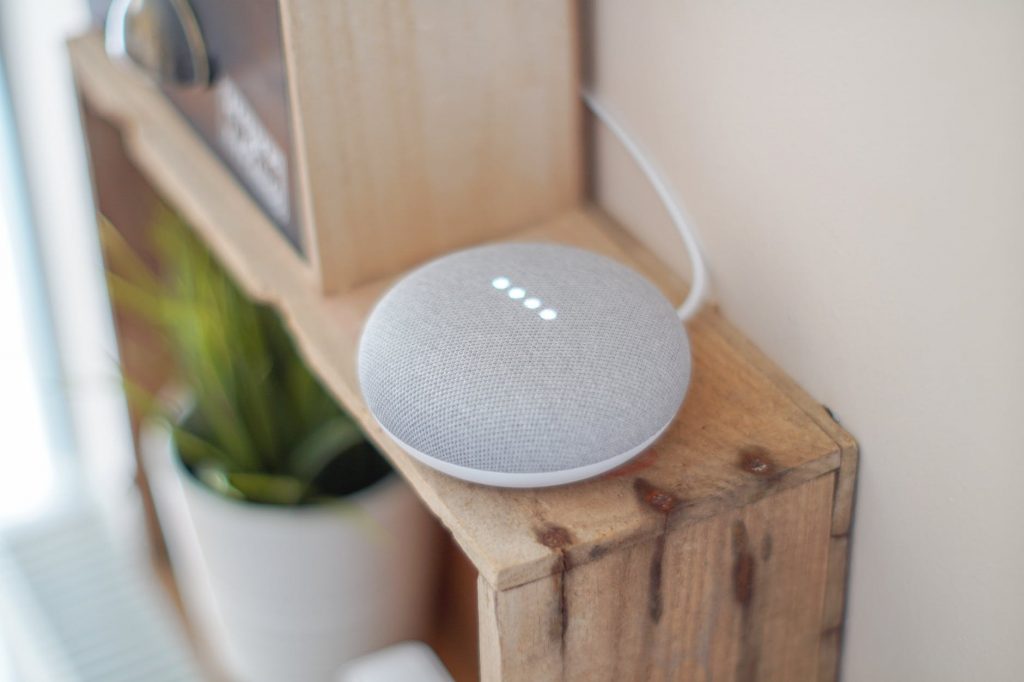All You Need to Know About Smart Homes in 2021
The homes in which we live are changing, becoming increasingly automated and self-sufficient.
The so-called smart home is a collection of devices that can all speak to each other, or be controlled remotely, to improve your quality of life. Some can be programmed to carry out certain functions, others are self-aware enough to adapt to your living patterns and adjust accordingly. For instance, a smart thermostat can learn when you are in the house and when you are not, and provide heat based on your typical lifestyle patterns, rather than being told by you what to do. Other, more functional devices, include the Zigma Spark Robot vacuum, which carries out a basic household chore on its own at your convenience.
What do you need to have an adaptable smart home tailored to your needs and requirements? These are some of the basics of a smart home to consider.
Essentials
There are two fundamentals which you must have in place for a smart home to work efficiently, and both should be a core aspect of any modern home anyway. The first is a strong Wi-Fi signal, providing the internet throughout your home. This may be a simple standard router, but in bigger homes and those with older, thicker walls you may need to invest in a booster for the signal to ensure every nook and cranny is covered. The Telegraph explain that a booster can vary in price, anywhere from £20 to £300, so spend wisely.
You will also need a stable electric system in the home. This might seem obvious, but in older homes, your wiring might not quite be up to scratch, and this may be evident if you look to install smart light switches, for example. An older installation might not have a neutral wire which is required by new technology. Faulty electrics could also lead to breaks in services or complete failure of your smart home, so it is worth considering some basic protection to cover you in that eventuality. Failed wiring and broken power sockets are just two of the faults that HomeServe details as being protected by electrical insurance, and they are vital to a successful smart home. Electrical problems always require a qualified engineer and can be costly to fix, which is an expense you may not have factored into your smart home budget.
Primary Equipment
Any smart home is usually built around a home assistant and a smartphone. Almost all smart appliances, from lighting to vacuums, sound systems to thermostats, will operate from an app on a mobile device, so make sure you have an up-to-date phone or tablet. Many will also connect to a home assistant, such as Alexa or Google Assistant, and these are a great place to start. A home assistant is essentially the first building block of the modern smart home.
Specific Needs
After that, all you need is imagination and a clear idea of what functions you wish to have connected to your smart home. You may be interested in energy saving and lean towards thermostats, or smart appliances such as a fridge or dishwasher. It may be that you want to automate your home for leisure purposes and have a television connected to a sound system throughout the home. Another possibility is using a smart home to make your life easier, from vacuuming to using voice commands on the lights, heating and other systems. Once you have the basics in place, the smart home can be whatever you want it to be.






